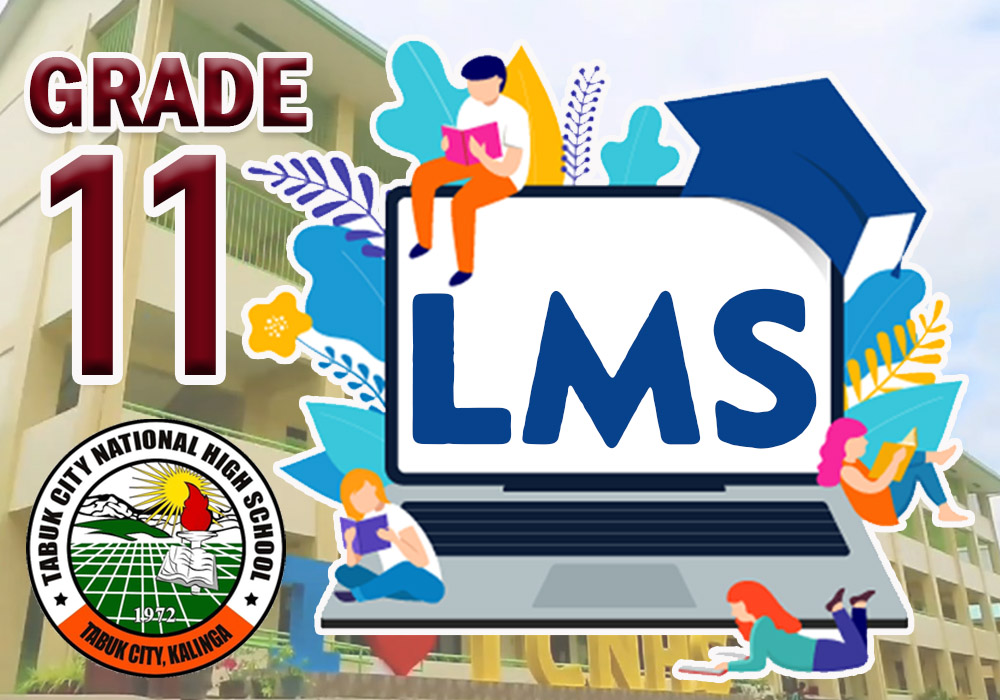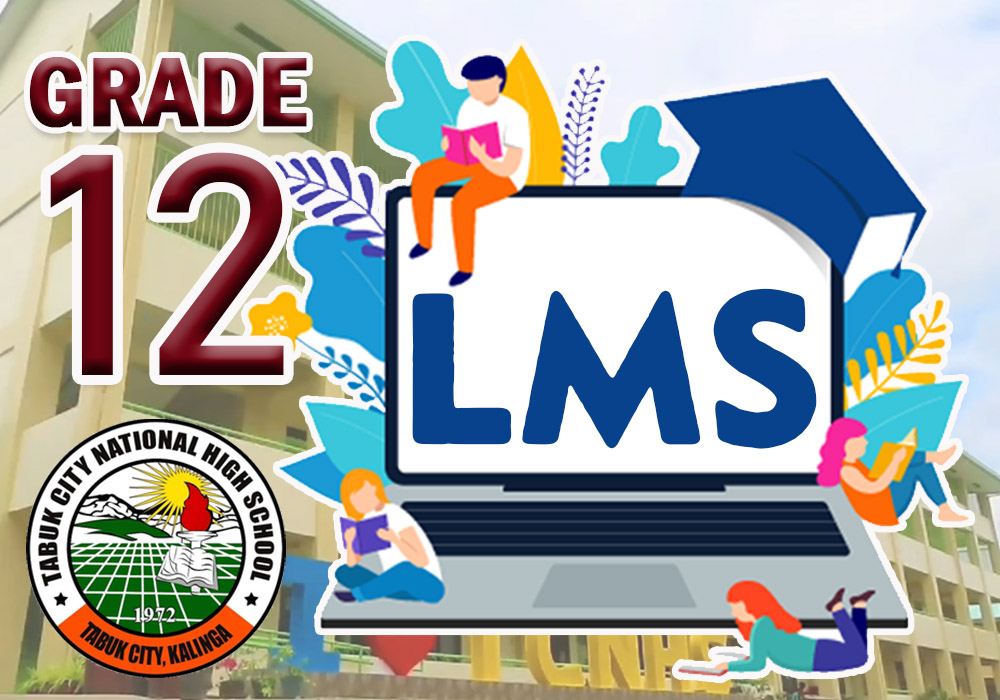Search results: 228

Reading and Writing Skill 11
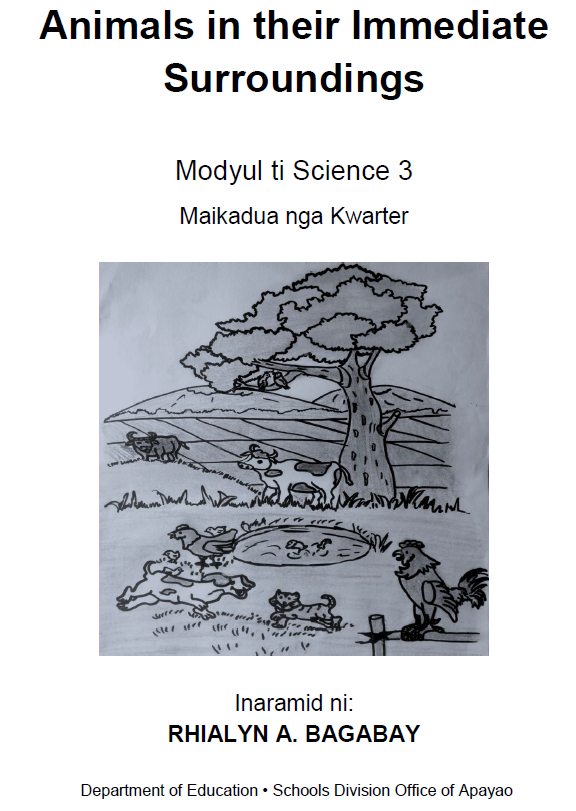
Science 3 Quarter 2-Animals in their Immediate Surroundings
This module is a project of the Curriculum Implementation Division particularly the Learning Resource Management and Development Unit, Department of Education, Schools Division of Apayao - CAR which is in response to the implementation of the K to 12 Curriculum.
This Learning Material is a property of the Department of Education - CID, Schools Division of Apayao - CAR. It aims to improve learners’ performance specifically in Science.
Date of Development : May 2020
Resource Location : Malubibit Norte Elementary School, Flora District, SDO-Apayao, CAR
Learning Area : Science
Grade Level : 3
Learning Resource Type : Module
Language : Iloko
Quarter/Week : Q2/W2
Learning Competency/Code : Describe animals in their immediate surroundings
S3LT-IIc-d-3
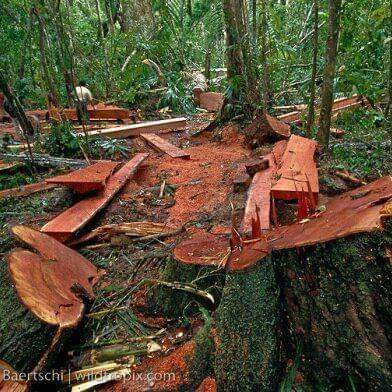
Science 6 Quarter 4 Week 1
|
|
What’s New |
What is an earthquake?
Earthquakes are vibrations or tremors produced in the earth’s outer layer or crust. An earthquake can be tectonic or volcanic. A tectonic earthquake occurs when parts of the earth’s crust break and the rocks along a fault slide close to each other or away from each other. This is called faulting. An earthquake may also be volcanic. Tremors are often produced to signal an upcoming volcanic eruption in a vicinity or region. Focus is a break in the ground caused by the pressure of the moving rock. It is the place where the earthquake originates. Epicenter is the point or line on the earth’s surface directly above the focus of an earthquake. The study of earthquakes is called seismology. Scientists or experts in this field are called seismologists.
What are the effects of earthquakes?
1. Damage to infrastructures - Earthquakes can cause great damages to buildings, roads, railroads, factories, dams, bridges, etc.
2. Landslides - The shocks produced by earthquakes particularly in hilly areas and mountains which are tectonically sensitive causes landslides and debris fall on human settlements and transport system on the lower slope segments, inflicting damage to them.
3. Fires - The strong vibrations caused by severe earthquakes strongly shake the buildings and thus causing severe fires in houses, mines, and factories because of overturning of cooking gas, breaking of gas pipes, contact of live electric wires, churning of blast furnaces, and displacement of other fire related and electric appliances.
4. Flashfloods - Strong seismic waves can damage dams thereby causing severe flash floods. This can also happen as a result of the blocking of the water flow of rivers due to rocks and debris produced by severe tremors in the hill slopes facing the river valleys. Sometimes the blockage is so severe that rivers change their main course.
5. Deformation of ground surface - Severe tremors and resultant vibrations caused by earthquakes result in the deformation of ground surface because of the rising and sinking of ground surface and faulting activity (formation of faults).
6. Tsunamis - The seismic waves caused by earthquake (measuring more than 7 on Richter scale) travelling through sea water generate high sea waves and cause great loss of life and property.
7. Liquefaction - It is the ground failure or loss of strength that causes otherwise solid soil to behave temporarily as a liquid due to ground shaking.
8. Loss of lives - Severe injuries from collapsed buildings and infrastructure, falling debris, suffocation, and drowning due to tsunami and flash floods during an earthquake may cause death among people.
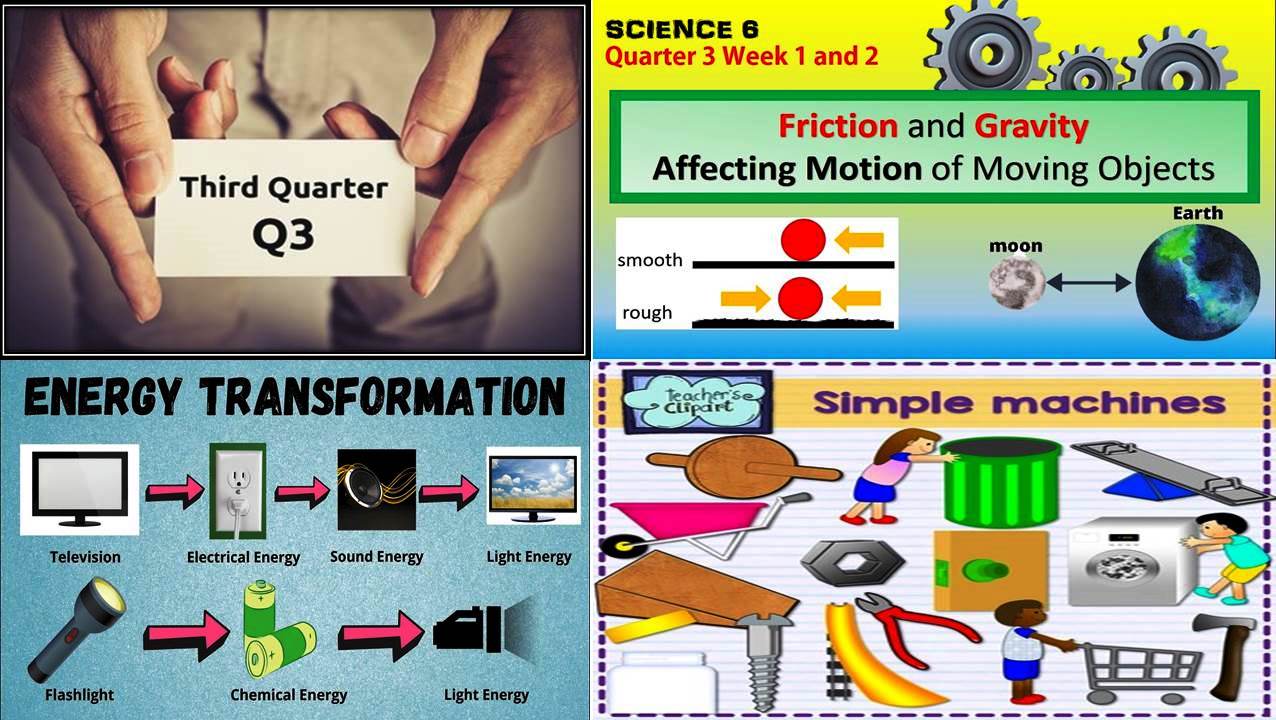
SCIENCE 6_Q3_135623
This course was based from K to 12 Science 6 Most Essential Learning Competencies (MELC's) Quarter 3, which aims to teach the learners about the following concepts:
a) Infer how friction and gravity affect movements of different objects
b) Demonstrate how sound, heat, light and electricity can be transformed
c) Manipulate simple machines to describe their characteristics and uses

Shool-Based Training on LMS, LIS, MO365
This training is for the enhancement of teachers' knowledge. attitudes and skills in the use of technology. This will help teachers improve their teaching strategies through the use of ICT so as to motivate learners by giving more interesting and engaging activities.
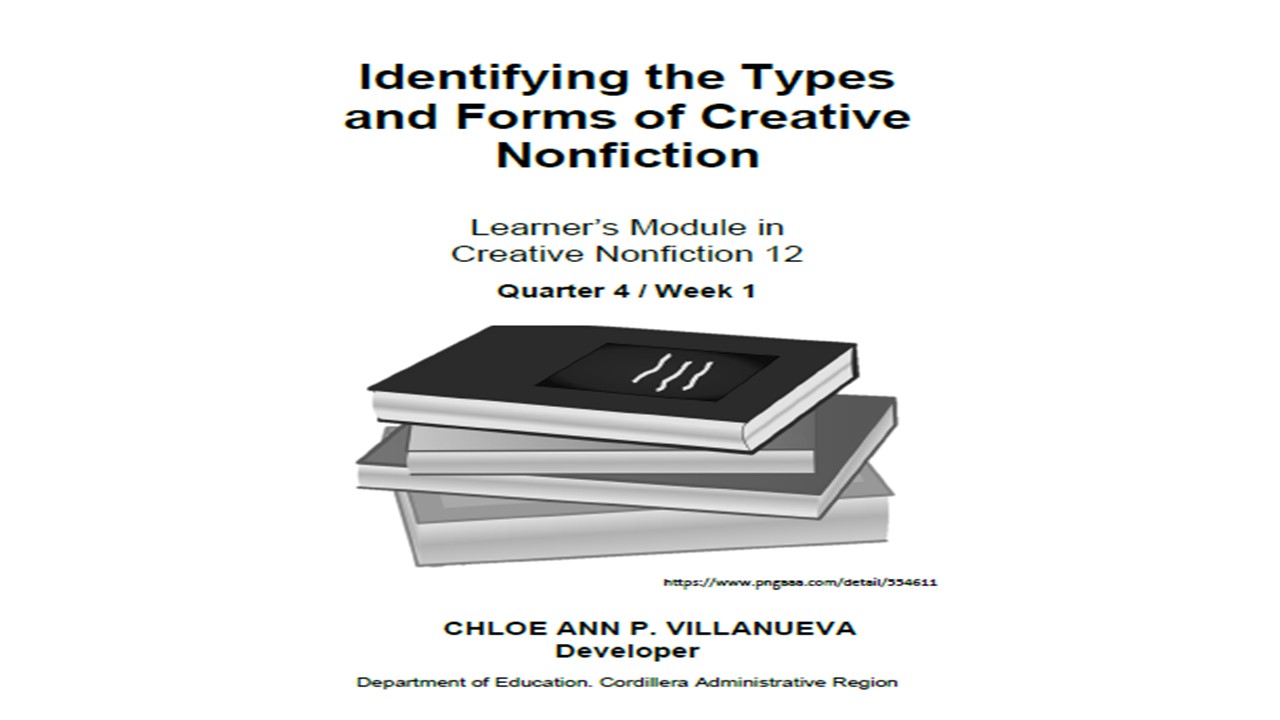
SHS_SDO BENGUET: Creative Non Fiction copy 1
In the previous grading period, you learned the different elements that make up a creative nonfiction piece or text. The plot, structure, characters, point of view, setting, atmosphere, tone, mood, symbols and figures of speech are like fibers that make up a whole and colorful tapestry when combined artistically in a literary piece; in this case, in a CNF story.
You were also given the opportunity to write samples of creative nonfiction, giving you a taste of how it feels like to write a creative nonfiction.
In this module, you will learn the different forms of creative nonfiction writing to better classify the kind of writing that you did previously and those that you will soon be doing.
Technical Drafting 10
This is a specialization course that leads to a Technical Drafting National Certificate Level II (NC II). It covers five (5) core Computer-Aided Drawing (CAD)
competencies that a high school student ought to possess, namely: 1) preparing CAD, 2) layouting structural details, 3) layouting electrical and electronic details, 4) layouting
sanitary and plumbing details, and 5) layouting mechanical details.
Module developed by Althea E. Ramos
Redeveloped for DepEd LMS by Sario D. Amancio and Agustino D. Amancio
Learning Competency Code
TLE_ICTTD9-12CA-Ic-j- 2
Learning Competency
LO 1. Operate CAD software and computer hardware
